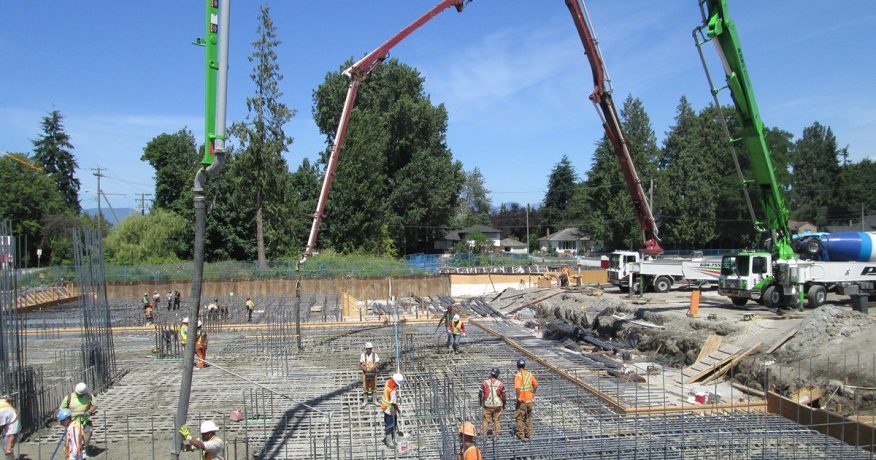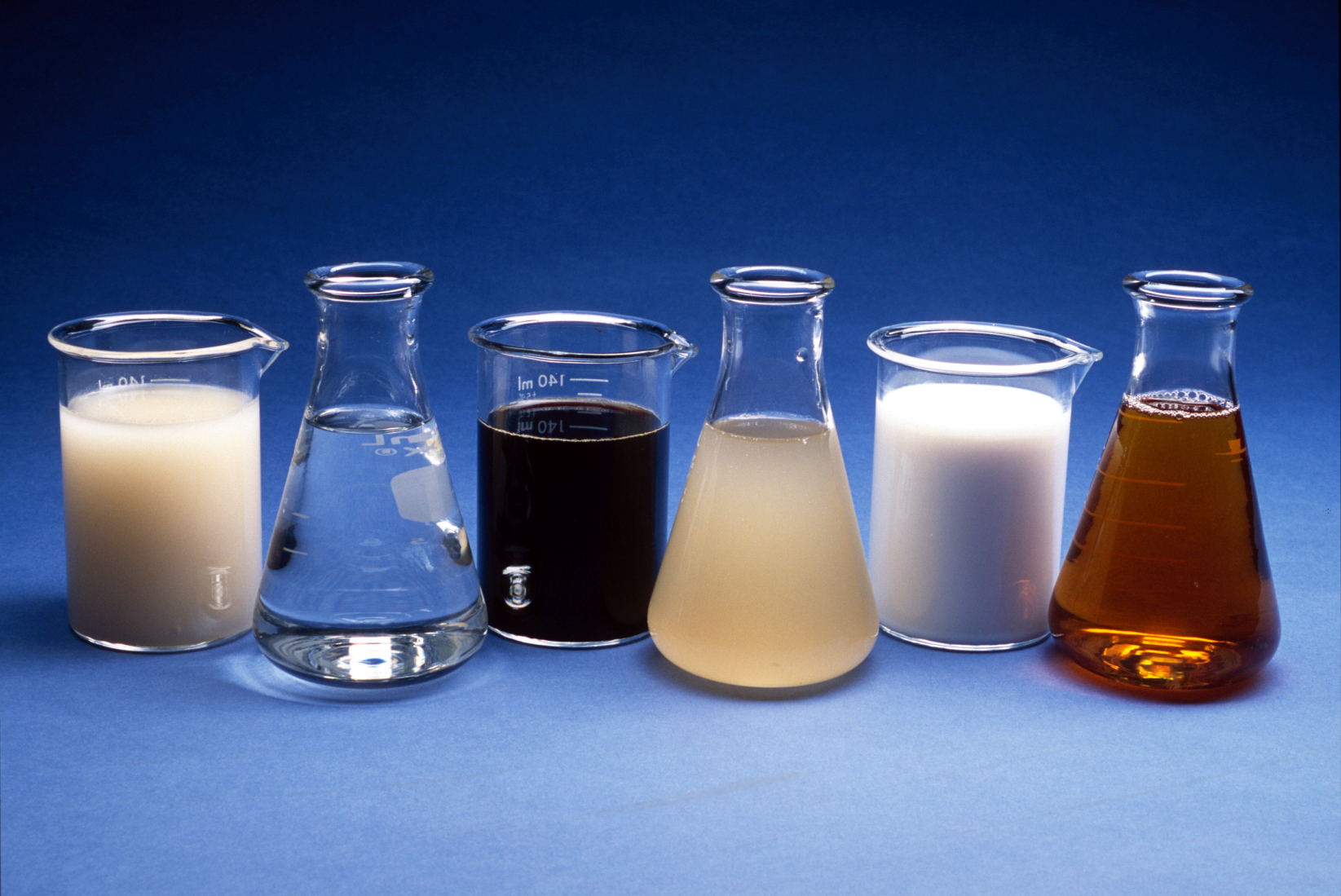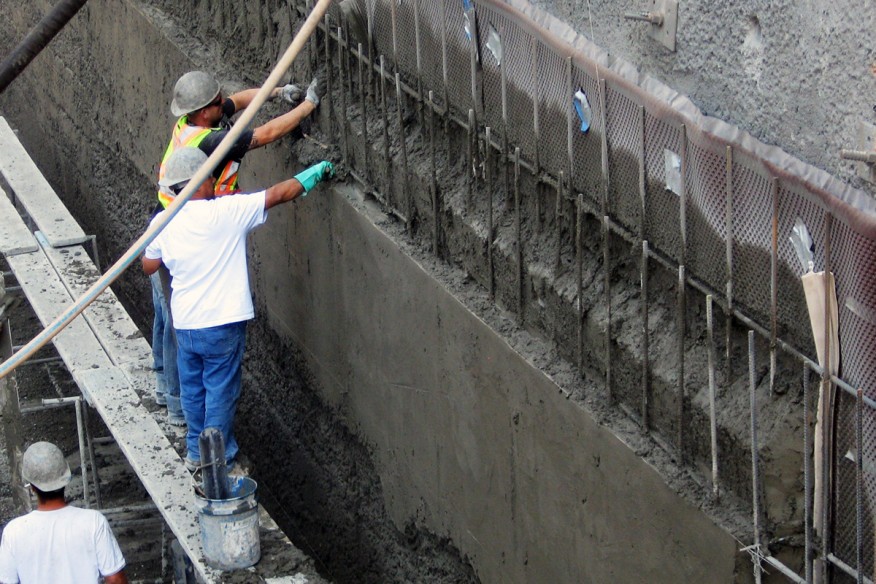Waterproofing concrete using a crystalline admixture has come a long way since the first Krystol Internal Membrane™ project in 1983. Back then, this method of waterproofing concrete without a surface membrane was completely new. Those early adopters could hardly have envisioned how this technology would change how we build.
Nearly 40 years later, crystalline waterproofing admixtures are well established, with many products and systems to choose from.
Making the Right Concrete Waterproofing Choice
With all these choices, builders, engineers, and specifiers can have difficulty analyzing their options and making a true apples-to-apples comparison. Construction often requires some compromise between performance and cost. With every aspect of a project under budgetary pressure, it may be tempting to take the lowest cost offer. But a thorough assessment of your project’s waterproofing risk factors can inform that decision, and ensure that you don’t end up with a system that costs less, but will underperform or fail to provide adequate protection.
What to Consider
Concrete mix design, admixture selection, and dose are critical decisions; they determine the water resistance of the concrete, its durability against aggressive chemicals, and its susceptibility to corrosion. Review your geotechnical report carefully, and consider the hydrostatic pressure involved, as well as any exposure to sulfates and chlorides. Carefully consider any special requirements, such as the service life requirement of 75 to 100 years. You should also consider how accessible the concrete will be for maintenance in the future. If access will be limited (or impossible), you need to ensure that the admixture will seal leaking cracks. It is important to assess your waterproofing admixture and ensure its testing and performance history will satisfy your conditions now and in the future.
To fully protect your project, you must use a complete waterproofing system that protects not only the concrete but also all of its joints and penetrations. There are many waterstop systems available for this purpose, some of which provide physical barriers to water ingress while others provide chemical barriers. It is often possible to use several products with different properties to protect construction joints. The advantage of this approach is that it builds redundancy into the waterstop system. This protects against installation and material failures and reduces the likelihood of water leaking through the joints. For projects with high-risk factors, the waterstop should include one, or even two, redundant products.
How to Ensure It’s Reliable
Waterproofing systems are only as reliable as the people who install them. Do not overlook the ability of your waterproofing supplier to support the contractor, review warranty options, and consider what value they may bring to the project. Lower-risk projects may provide opportunities to reduce your waterproofing costs while still delivering a reliable solution. However, that same solution may not provide the robust and reliable protection needed for high-risk, prestigious, or critical projects. Review your risk factors with your waterproofing supplier. This way, you can make an informed analysis of your waterproofing options and choose the optimal solution. For more information, please see kryton.com.







